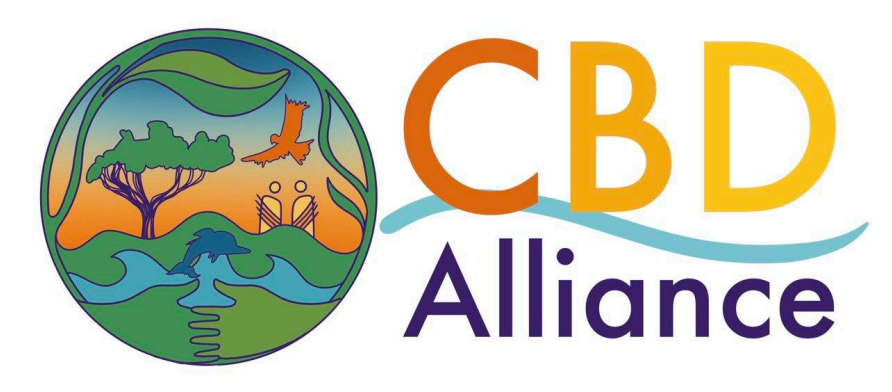Biodiversity is declining at unprecedented rates, driven by human activity that erodes the very foundations of life on Earth. Yet while extinction accelerates, a new trend is emerging: proposals to genetically engineer nature itself. These include eradicating mosquito, mouse or rabbit populations, altering invasive species, making endangered animals disease-resistant, and even reviving extinct creatures like the mammoth or the dire wolf. None has yet succeeded, but the ecological and ethical risks are immense.
The release of genetically engineered organisms into natural ecosystems carries irreversible consequences. Once released, they cannot be recalled. Their interactions with other species are unpredictable, and they could permanently disrupt already fragile ecological networks. The science of ecosystem interactions remains too incomplete to allow confident manipulation, becoming even more unpredictable by the effects of climate change. Moreover, the current biosafety frameworks—designed for crops and livestock—are wholly inadequate for the complexities of wild systems. There are no effective international mechanisms to address cross-border liability or damage.
Another grave concern is that genetic engineering of wild species alters the spiritual, cultural, and ecological connections of Indigenous Peoples’ and Local Communities’ with the ecosystems in their territories, thereby undermining their rights.
Introducing genetic engineering into conservation marks a paradigm shift: from protecting nature for its intrinsic value to redesigning it according to human preferences. Framed as “just another tool,” it risks transforming conservation from safeguarding life to engineering it.
A responsible path forward requires a moratorium—no environmental releases of genetically engineered wild species, not even experimental ones—until science can reliably predict outcomes, strong regulatory systems and global frameworks exist, Indigenous rights are fully respected, and societies have reached broad consensus on ethical boundaries.
Moratoria are not new. They have long been used to prevent irreversible harm, including IUCN’s moratoriums on deep-sea mining and destructive fisheries. Applying the same precautionary logic to genetic engineering of wild species is a vital step to uphold the Precautionary Principle and the intrinsic value of biodiversity.
This need for restraint was recognised in IUCN Motion 133, brought to the IUCN World Conservation Congress in 2025. The motion called for a “precautionary deferment of the release of genetically engineered wild organisms into natural ecosystems.” Although 55% of all members supported it, the motion ultimately failed because the IUCN requires approval from both a majority of organisational members and of government members. Motion 133 fell short of the latter by a single government vote — a narrow margin with far-reaching implications.
It is up to the CBD now to protect against the negative impacts of engineering nature.
More information at https://engineeringnature.org/


